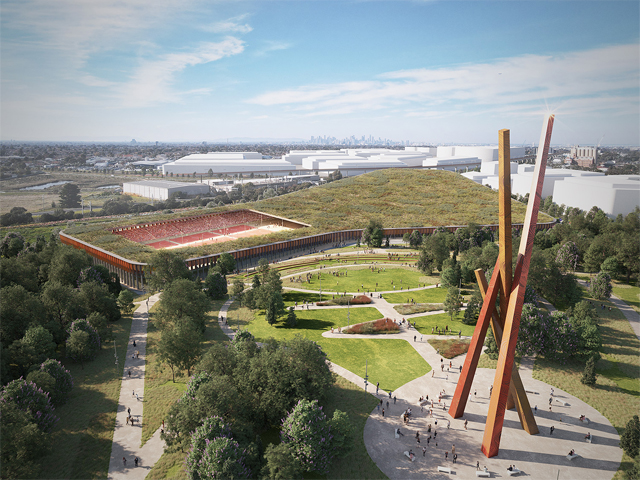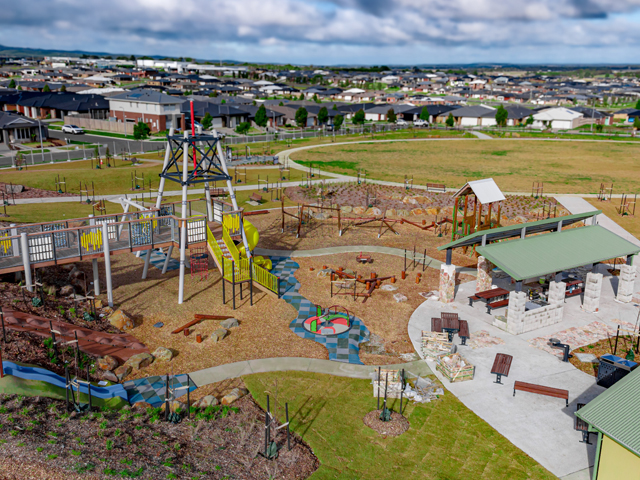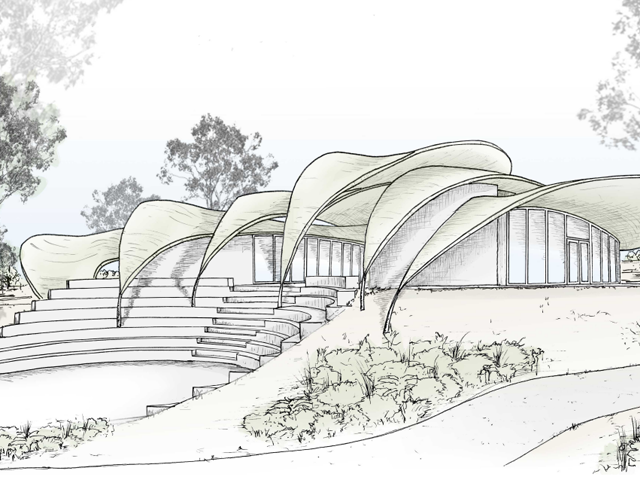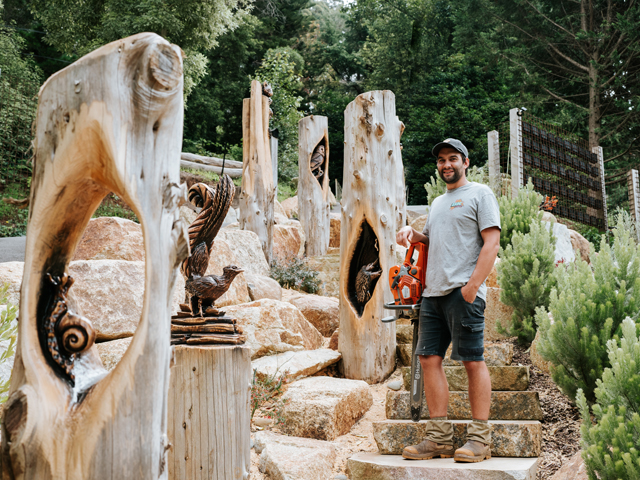PUBLIC SQUARE PROMOTES GREEN TRAVEL
30 Oct 2019
One of the largest public squares in Copenhagen, Denmark, Karen Blixens Plads provides an innovative, multi-functional space that accommodates and promotes green transportation and biodiversity.

At more than 20,000 metres squared Karen Blixens Plads is situated between the University of Copenhagen and the Danish Royal Library’s buildings at the university’s South Campus. Architecture firm COBE developed the space to feature innovative transportation practices while promoting sustainability.
The combined public square and university plaza are designed as a carpet that covers an undulating terrain of small hills that break up the large space into smaller zones with room for activities. The three bicycle hills were created as cast concrete shells, clad with hand-laid tiles in colours echoing the exteriors of the surrounding university buildings. 
In addition to serving as an active meeting place for students, employees, and locals, the square also contains a high-capacity bicycle parking space for the many users of the university, including 16,000 students and 2000 employees. The innovative and unique design has room for 2,000 bicycles.
In collaboration with CN3, COBE and EKJ’s construction engineers calculated and created 3D projections of the iconic concrete dome constructions. The solution is based on a shell construction as the load-bearing structure. Aesthetically, the design provides a large airy space underneath the domes. However, while a shell construction does not normally have holes in it, these domes have large openings, which constituted a significant challenge and required additional statistical analyses. 
Karen Blixens Plads unites the university’s need for urban spaces with the open landscape of the neighbouring Amager Fælled (Amager Commons). The north side of the square, where the three main entrances to the university are located, is an open multipurpose space. To the south, undulating meadowland connects the campus with the commons.
In addition to bringing nature into the campus, the landscape also contributes to climate change adaptation by including the capacity to handle stormwater. Delaying rainwater in depressions in the landscape utilises the recreational values of the water and creates small wet biotopes that support biodiversity, enable rainwater evaporation and supplements the canal in case of extreme precipitation, thus contributing to climate change adaptation. 
The design uses simple, sturdy and durable materials and lighting and furnishings are kept to a minimum to ensure a sustainable urban space. All elements are low-maintenance and contribute to the square’s green profile.
A central feature of the space is an outdoor auditorium that provides seating for up to 1000 people on the manmade hills. The hilltops offer additional standing room for concerts or other large public events. 
Via ArchDaily | Images © Rasmus Hjortshøj – COAST

MORE NEWS

MELBOURNE'S NEW PARK ON A FORMER LANDFILL SITE

STRIKING GOLD IN BALLARAT

MASTERPLAN FOR INCLUSIVE, CLIMATE-RESILIENT COMMUNITY PARK IN LISMORE

HARNESSING THE POWER OF DESIGN TO TRANSFORM CITIES

JARRAHDALE TRAIL CENTRE TAKES DESIGN CUES FROM NATIVE FLORA

